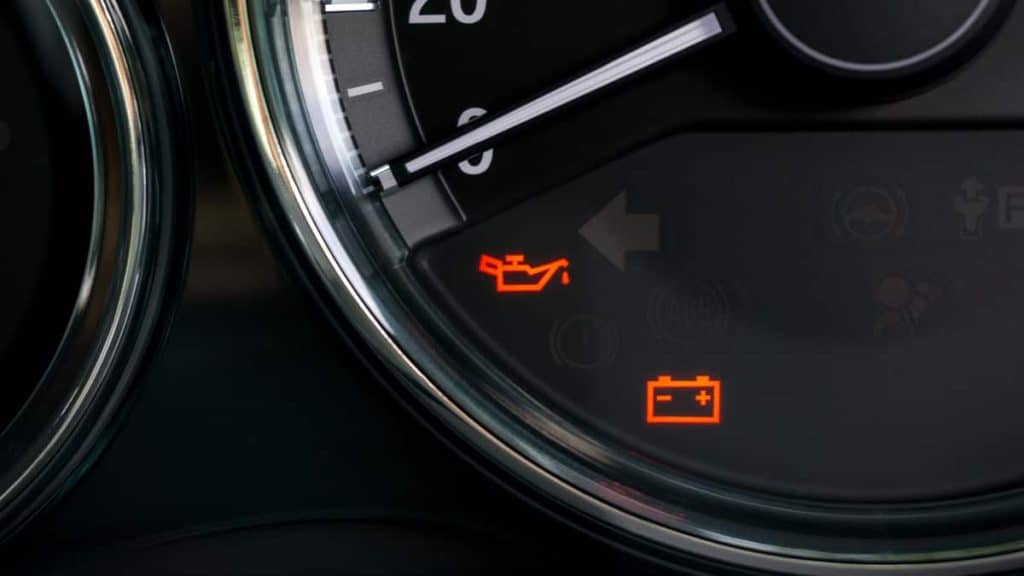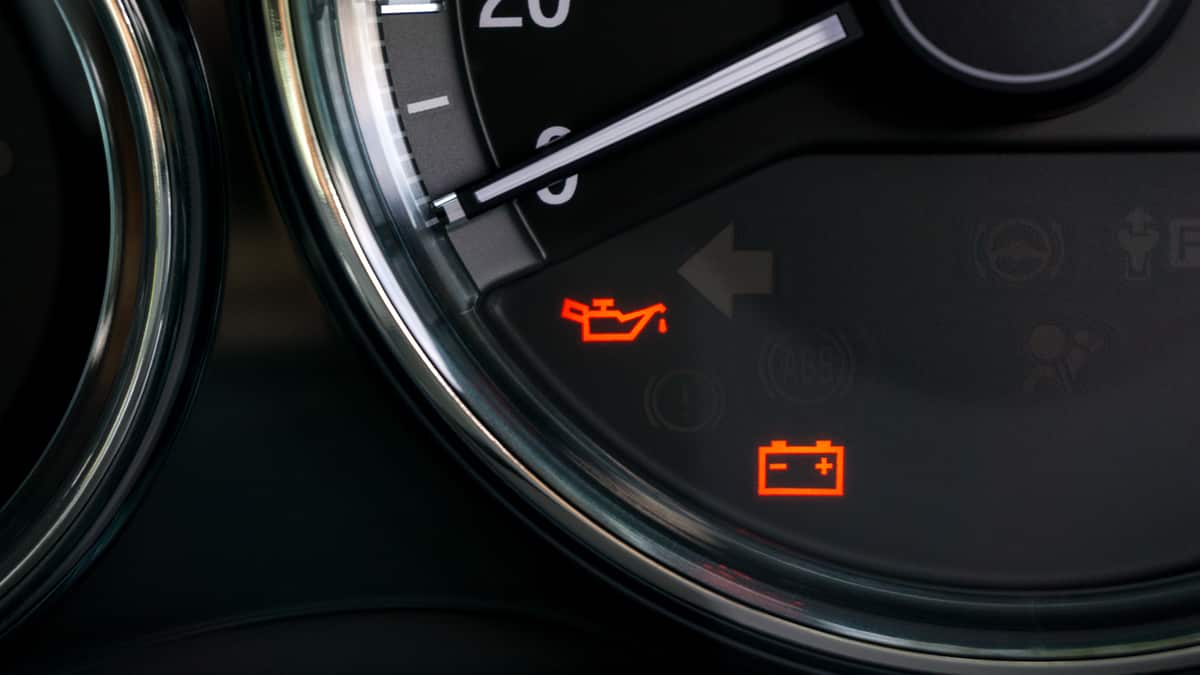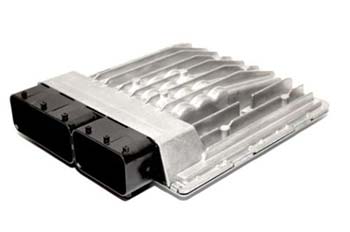When your engine’s low oil pressure warning light illuminates, there can be a serious issue. For an engine to operate at its best, the proper oil, oil level, and oil pressure are necessary. In a matter of minutes, an engine can become irreparably damaged if the pressure decreases too much. It’s a good idea to educate yourself on what oil pressure is, why it’s important, some of the typical reasons for low oil pressure problems, and what to do in an emergency to possibly spare yourself a significant repair fee and even greater pain.

The significance of oil pressure
One of the most crucial elements in keeping an engine operating smoothly and durable for a long time is oil pressure.
Engines are intricate pieces of machinery that physically have a lot of weight to lift. The presence of oil in an engine ensures that all the moving parts are properly lubricated and can perform at their best. Pressures increase when oil is running through an engine. This pressure makes sure the oil flows continuously and gets where it needs to go. Unlubricated metal surfaces will come into contact with one another if the pressure lowers to the point that oil is no longer freely flowing around all of the engine’s moving parts.
Friction, warping, seal cracking, and other problems are brought on by this. It is, in essence, a quick way to destroy an engine. If left untreated, oil issues might do serious harm to your car. As a result, you must do regular maintenance and keep an eye on your oil pressure gauge. When the pressure-related warning light illuminates, you should stop your car as soon as you can.
Here are five typical reasons why your engine’s oil pressure is low to give you an idea of what the issue might be:
Five Reasons for Low Oil Pressure
Low oil pressure could be caused by a variety of factors, some of which are more visible than others.
The following information can be helpful if your oil warning light is on and you want to make some inspections on your own:
1. Too little oil is present
One of the most frequent reasons for low oil pressure is when the oil level falls below the minimum dipstick line. Even if you just had an oil change, this could occur at any time. Engines burn oil faster with time. This is brought on by the deterioration of piston rings, leaking seals, etc. Or, you might discover that you’re leaking oil. Consequently, depending on the age and condition of your car, you might notice a rapid decline in oil pressure. Since you wouldn’t anticipate it to start burning quickly out of nowhere, this is most certainly the situation if you discover your oil level is too low despite having recently had it topped off.
Things to do
Add more if it falls below the advised minimum level. Count the kilometres until you need to top off again and search for oil drops on the ground to check for leaks.
2. The oil’s viscosity is insufficient or excessive
The ease with which the oil flows around the engine depends on its viscosity at any particular temperature. Low oil pressure may indicate an incorrect viscosity of the oil in your engine. Oil with a higher viscosity often produces more resistance, whereas oil with a lower viscosity has the opposite effect. Lower viscosity oils are typically used in colder climates, while higher viscosity oils are frequently utilised in warmer climates throughout the summer. Each type of motor oil has a grade and viscosity rating. To get the proper oil for your car, it’s crucial to consult the owner’s handbook.
Things to do
If you’re topping off your engine oil, make sure you’re using the right oil by consulting the owner’s manual. Find out what oil was used if the oil change was performed by a garage.
3. Engine Wear Indicators
Your engine may be beginning to wear if your dipstick indicates that you have adequate oil and are confident it is the right viscosity. An engine contains a lot of moving parts, and oil needs to move freely through them. At high mileage, the engine bearings are particularly prone to wear, which might result in a decrease in oil pressure.
How long an engine will run before exhibiting wear and burning oil more quickly depends on a variety of factors. As a general guideline, you should be proactive in keeping the engines of regularly used cars or trucks in good condition.
What to do
To determine whether worn engine parts are the reason, you should have an engine professional examine your engine.
4. Oil Pump Malfunction
The oil pump controls the pressure of the oil in semi-trucks. Your low oil pressure warning light will turn on as one of the first symptoms if the pump is acting improperly in any manner. Additionally, you can experience diminished power, an increase in engine temperature, and engine stalling.
What to do
To determine if this is the problem or not, you must get your pump inspected by a mechanic.
5. A dirty or clogged oil filter
Filters for engine oil aid in the removal of impurities, dirt, and other debris. Without a filter, these particles would seriously harm an engine since they can accumulate over time. Filters only have a limited capacity before they need to be replaced. Less oil will flow around the engine if your filter is beginning to clog, which will lower pressure.
What to do
Have a mechanic inspect your oil filter and replace it if necessary.
What Is a semi-trucks Normal Oil Pressure?
Depending on the kind of engine you have, the precise range will change. The typical operating oil pressure for most semi-trucks is 40 to 50 PSI (pounds per square inch). Remember that it typically takes an engine 20 minutes to achieve its maximum working temperature. If you are idling a lot, the pressure will also slightly decrease.
Read more: Is It Safe To Drive With Your Oil Light On?
In trucks, there is an oil pressure gauge that displays the oil pressure in PSI as well as a warning light for when the pressure becomes dangerously low. You should constantly pay attention to any warning lights that appear on your dashboard. One of the most serious is the oil pressure. Act as quickly as you can if the light turns on or the gauge shows that the pressure is falling.
Knowing the viscosity of oil
Understanding viscosity and how it impacts semi-truck oil pressure is crucial when talking about oil and how engines operate. Viscosity describes how ‘fluid’ a liquid is and how it responds to pressure. It serves as a method of calculating the force per unit area opposing flow.
Simply put, and specifically about engine oil, the viscosity of the oil affects how easily it can flow around the engine and lubricate it. This means that for an engine to function at its best, the proper viscosity is necessary. It’s crucial to keep in mind that engines may operate at temperatures between 195 and 200 degrees Fahrenheit. Therefore, you need an oil that can function at low temperatures as well as the engine’s maximum operating temperature. Numerous different oil kinds with varying viscosity ratings can be found on the shelves of a car repair shop. You must determine which quality of oil is best for your car and stick to it.
Need a Service or Oil Change?
Is your oil warning light on or do you need a checkup or oil change? If you type in “semi-truck oil change near me,” you’ll probably find us someplace in your neighbourhood. We have numerous sites across the country, so contact us. Visit us right now for service!

